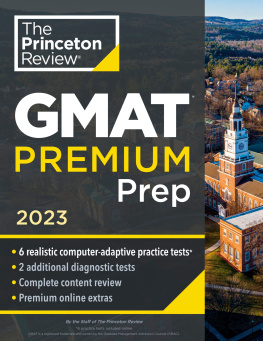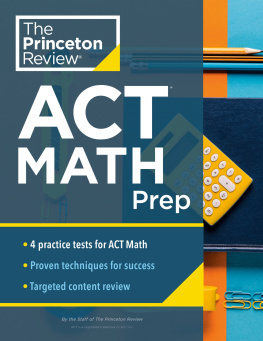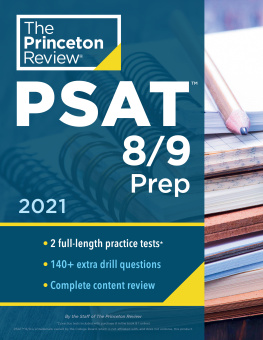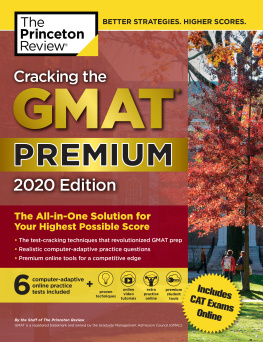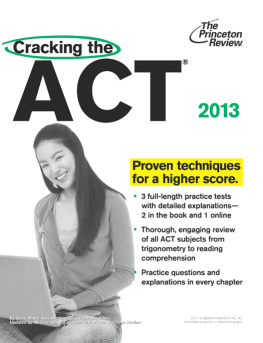Acknowledgments
Our GMAT course is much more than clever techniques and powerful computer score reports; the reason our results are great is that our teachers care so much about their students. Thanks to all the teachers who have made the GMAT course so successful, but in particular the core group of teachers and development people who helped get it off the ground: Alicia Ernst, Tom Meltzer, Paul Foglino, John Sheehan, Mark Sawula, Nell Goddin, Teresa Connelly, and Phillip Yee.
Special thanks to GMAT guru, John Fulmer, for his tireless work updating all of the books in the TPR GMAT suite for the new version of the GMAT.
Special thanks to Adam Robinson, who conceived of and perfected the Joe Bloggs approach to standardized tests and many of the other successful techniques used by The Princeton Review.
About the Author
Geoff Martz attended Dartmouth College and Columbia University before joining The Princeton Review in 1985 as a teacher and writer. Geoff headed the development team that designed The Princeton Reviews GMAT course, now taught in more than 50 cities around the country. He is the author or coauthor of Cracking the ACT, Paying for College Without Going Broke, and Cracking the GED.
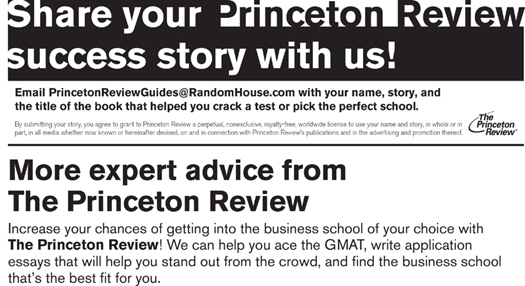
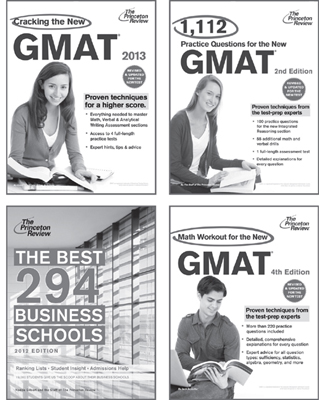
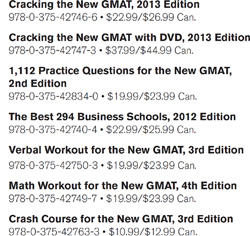

Addional Images for Chapter 18: Integrated Reasoning: Basics
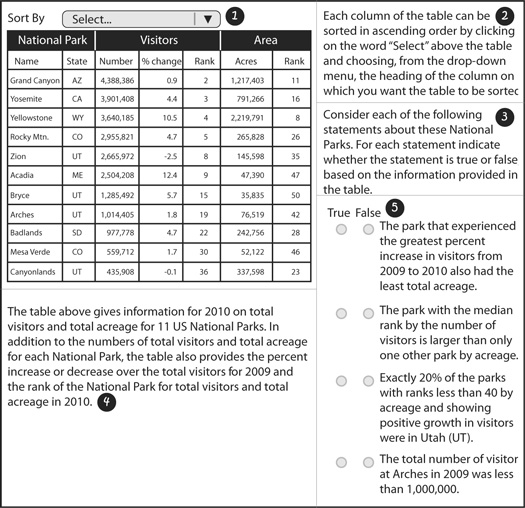
Click to return to main text.
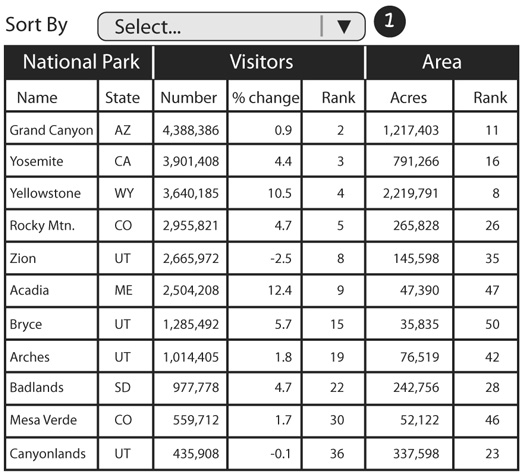
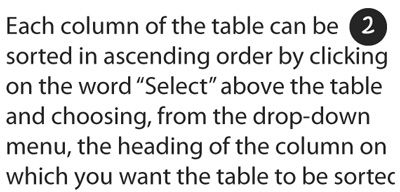
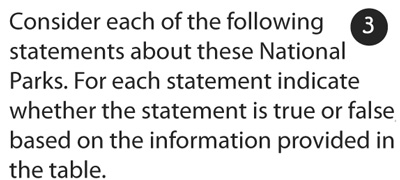
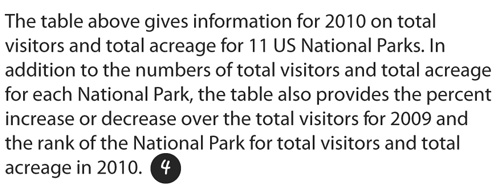
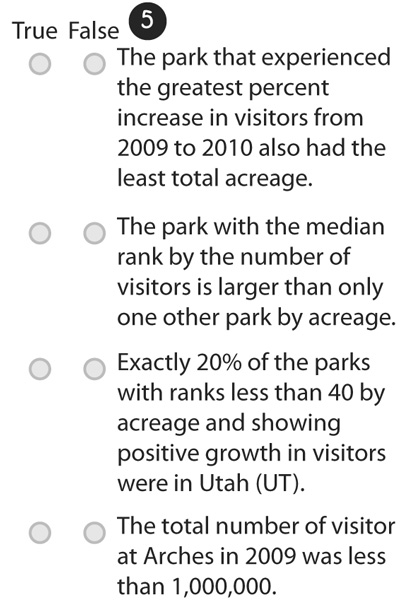
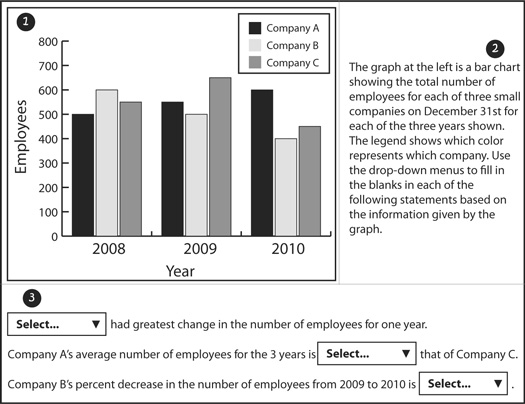
Click to return to main text.
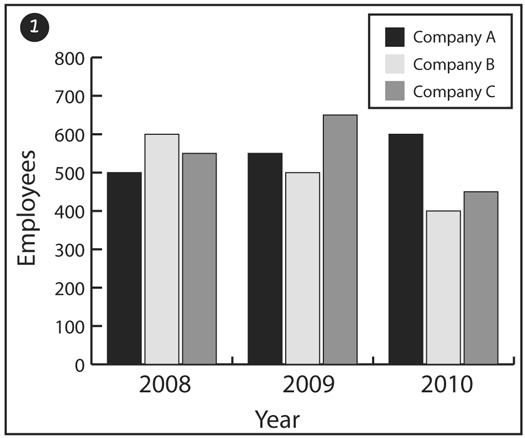


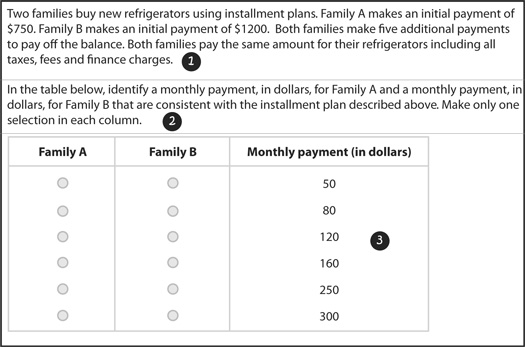
Click to return to main text.


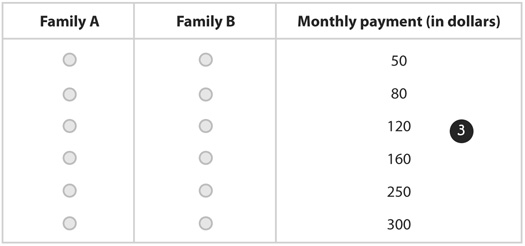

Click to return to main text.




Chapter 1
Introduction
Congratulations on your decision to attend business school! Preparing for the New GMAT is an important part of the process, so lets get started. This chapter will provide you with a strategic plan for acing the New GMAT, as well as an overview of the test itself, including question formats and information on how the test is scored.
HOW TO USE THIS BOOK: A STRATEGIC PLAN FOR ACING THE NEW GMAT
1. Learn the Famed Princeton Review Test-Taking Strategies
In the next few chapters, youll find the strategies that have given our GMAT students the edge for the past 20 years.
2. Learn the Specific Math and Verbal Skills Youll Need
Our courses include an extremely thorough review of the math and verbal skills our students need to ace the GMAT, and this book will give you that same review.
Important Phone
Numbers:
To register for the GMAT:
800-717-GMAT
To reach GMAC Customer
Service: 866-505-6559 or
703-245-4222
3. Practice Each Type of Questionat the Difficulty Level You Need to Master
Two of the GMATs sections, the Quantitative and Verbal sections, are computer adaptive. These sections quickly hone in on your ability level and then mostly give you questions at or just above that level. It makes sense for you to practice on the level of problem you will actually see during the test. Cracking the New GMAT is the only book out there with practice questions grouped by difficulty. Page after page of practice questions are arranged at the back of this book in difficulty binsjust like the questions on the real GMATso that you can concentrate on the question level you will have to answer on the actual test in order to get the score you need.
The new Integrated Reasoning section of the GMAT is not computer adaptive. Weve provided two complete Integrated Reasoning sections at the back of this book to help you prepare for this section of the test.
4. Periodically Take Simulated GMATs to Measure Your Progress
As you work through the book, youll want to take our online practice tests to see how youre doing. These tests closely mimic the GMAT so you can become familiar with the tests content and structure. Our tests include adaptive sections for the Quantitative and Verbal sections and a non-adaptive section for the Integrated Reasoning section. Our practice tests can be found at PrincetonReview.com/cracking. In addition, we actively encourage students to use




